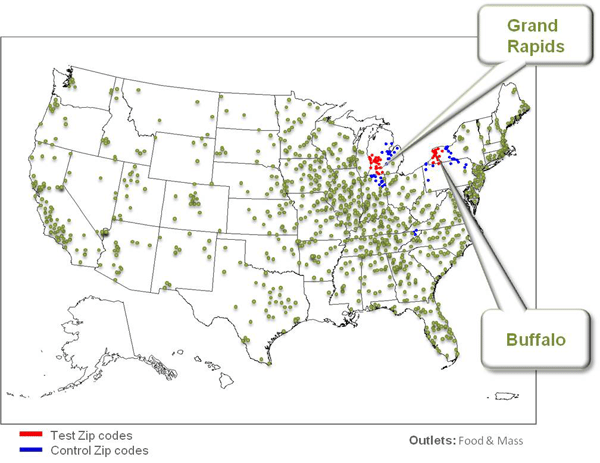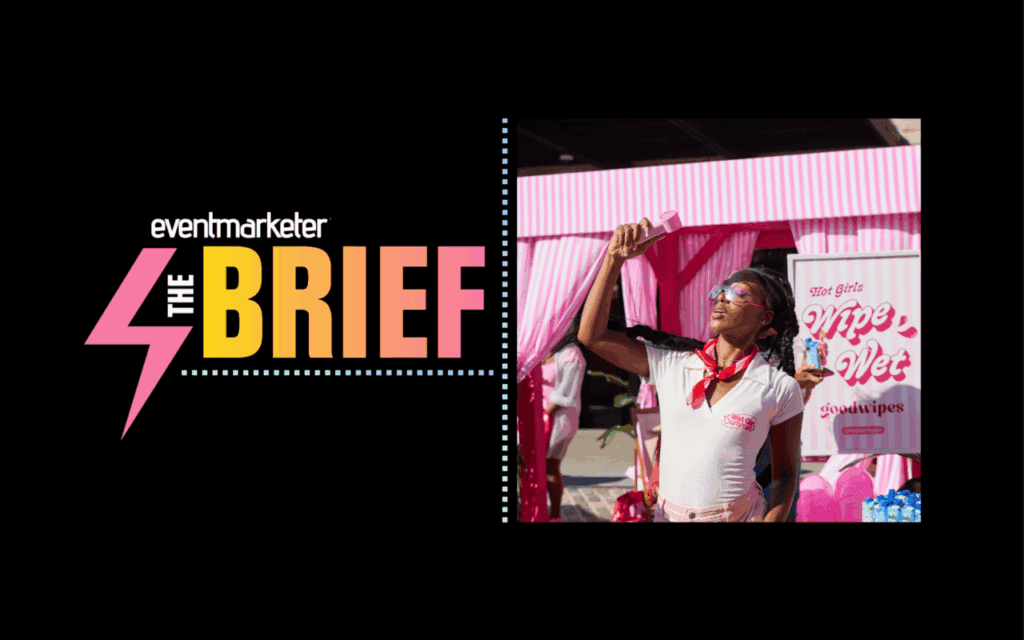By Peter Storck
Marketers are under more pressure than ever to prove the efficacy of what they do, especially those managing social or word-of-mouth campaigns. TV spots, print ads, even digital banners—these are established tactics, with established measurement practices. But social and word-of-mouth marketing, as relative newcomers, often face more skepticism as to whether they really “work.”
 They do work (when executed properly), and there’s a growing body of evidence to prove it. There’s also an expanding roster of firms and tools that can help you determine the success of your own efforts. So the next time you’re planning a social marketing campaign, consider integrating one (or more) of these three tactics to measure its resulting sales lift and ROI:
They do work (when executed properly), and there’s a growing body of evidence to prove it. There’s also an expanding roster of firms and tools that can help you determine the success of your own efforts. So the next time you’re planning a social marketing campaign, consider integrating one (or more) of these three tactics to measure its resulting sales lift and ROI:
1. Matched-panel analyses, for determining overall sales lift and ROI
There remains no better way to determine the sales lift and ROI of an online and offline social marketing program than a matched-panel analysis (MPA). MPAs evaluate a product’s market-level sales data, generally from Nielsen, IRI, or the marketer’s own database. After a campaign’s word of mouth (WOM) has had time to spread, and the consumers it reached have had time to purchase, the marketer compares the total sales in test and control markets to calculate the sales lift and ROI. While MPAs aren’t perfect—they can’t account for (and therefore credit) the impact of digital WOM that spreads beyond the test markets—they’re still the best way to measure the overall sales lift and ROI.

Caption: A matched-panel design for a social marketing campaign, with test (activated) zip codes in red and control (non-activated) zip codes in blue.
2. Shopper data analyses, for insights on consumer behavior
While matched-market studies can determine overall ROI, shopper-data analyses color in the details. Shopper-data analyses compare shopper-level purchase information (from a provider such as Datalogix or Nielsen Catalina Solutions) of consumers the marketer directly reached with that of a look-alike control group. After the WOM has spread, the marketer compares such metrics as dollar sales, unit sales, dollars per trip, frequency of trips, basket ring and loyalty (the extent to which a consumer switched to or from the brand). Shopper-data analyses can’t determine the total sales lift and ROI of a campaign, since they only include the consumers the marketer reached directly, and not those reached via consumer advocates. But because they reveal individual behavior (as opposed to MPAs, which reveal market behavior), they help marketers understand what’s behind the campaign’s sales lift and ROI.
3. Marketing mix models, for comparing the ROI of social marketing with the rest of the mix
Marketing mix modeling (MMM) can compare the ROI of social marketing programs with that of other elements in the marketing mix. MMM is an advanced analytical technique, generally outsourced by brands to specialized modeling firms, such as Analytic Partners and Nielsen. The modelers input one-to-three years of the brand’s marketing and performance data to discern how well each element worked. Until recently, MMM couldn’t “read” the impact of WOM, especially offline WOM. But leading modelers have lately begun to crack that code and are building models that accurately credit social marketing programs, enabling marketers to truly see the relative value of all the elements in their mix.
Marketers no longer have to work in the dark, relying on intuition and qualitative results to guide their social marketing planning. As these three analytical techniques become better known and easier to execute, brands should expect more accountability from marketers, and those marketers should be prepared to meet their demands.
Peter Storck is senior vice president of research and analytics at House Party Inc. and board member of the Word of Mouth Marketing Association (WOMMA). He can be reached at peter.storck@houseparty.com.
RELATED ARTICLES:
Keeping Tabs on Social
Branded Videos Losing Ground to Individual Users Sharing Same Videos
10 Different Videos to Increase Social Engagement
 Network
Network

